Flamingos are one of the most beautiful and colorful bird species. Known for their vibrant pink plumage and distinctive long legs, they are truly captivating creatures that have intrigued and fascinated people for centuries. These elegant birds belong to the family Phoenicopteridae and are famous for their unique appearance and graceful presence.
Flamingos video
Flamingos images
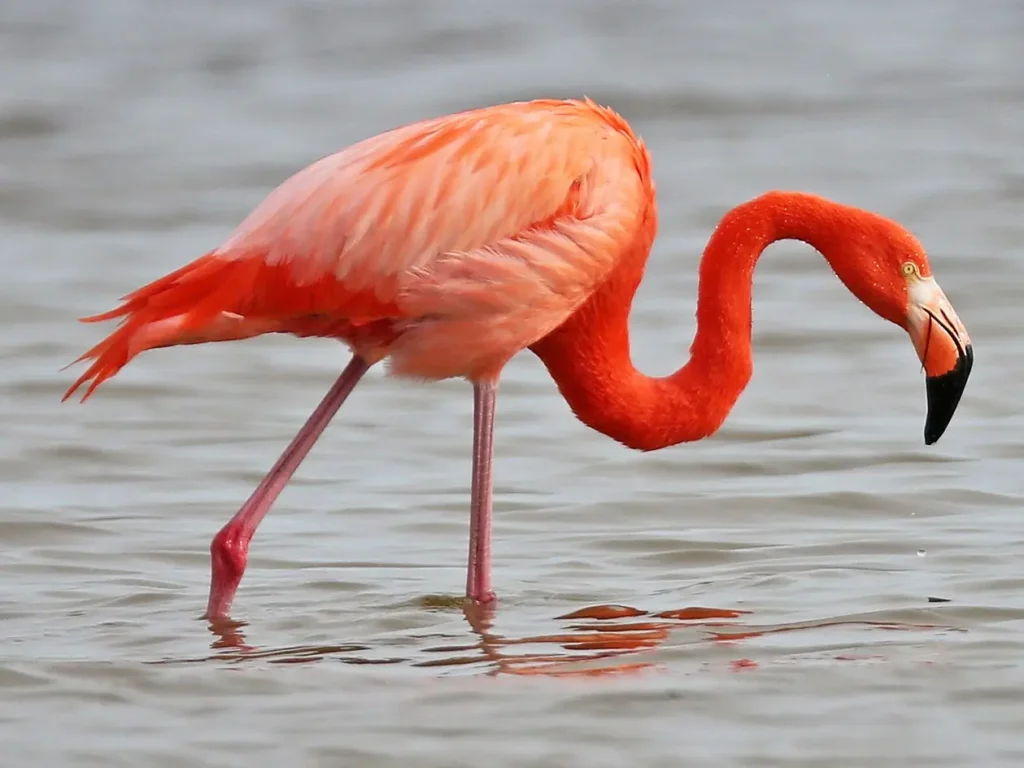

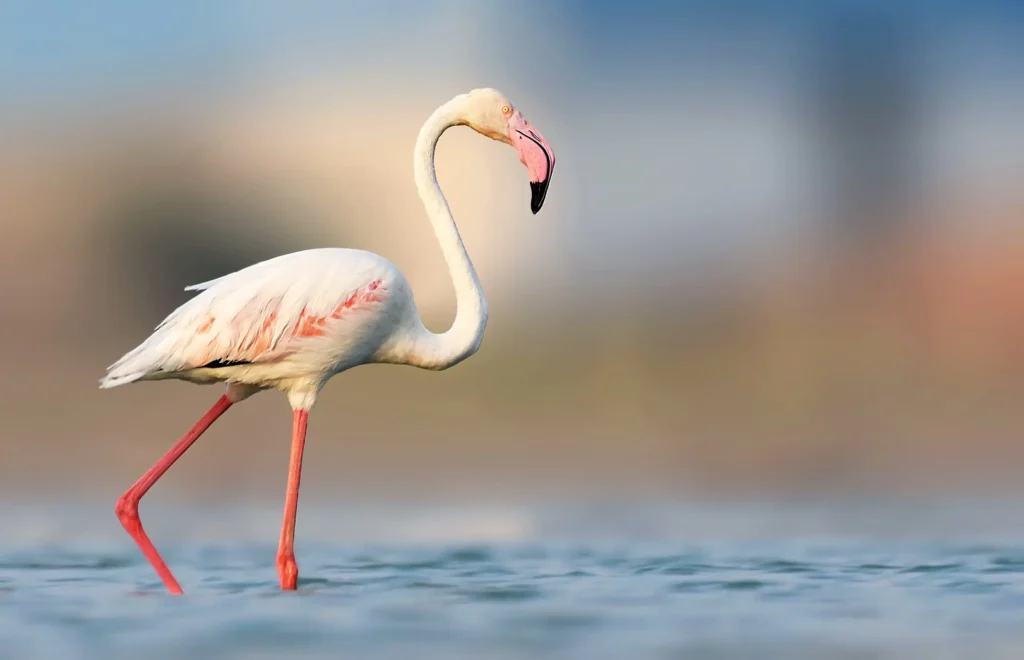
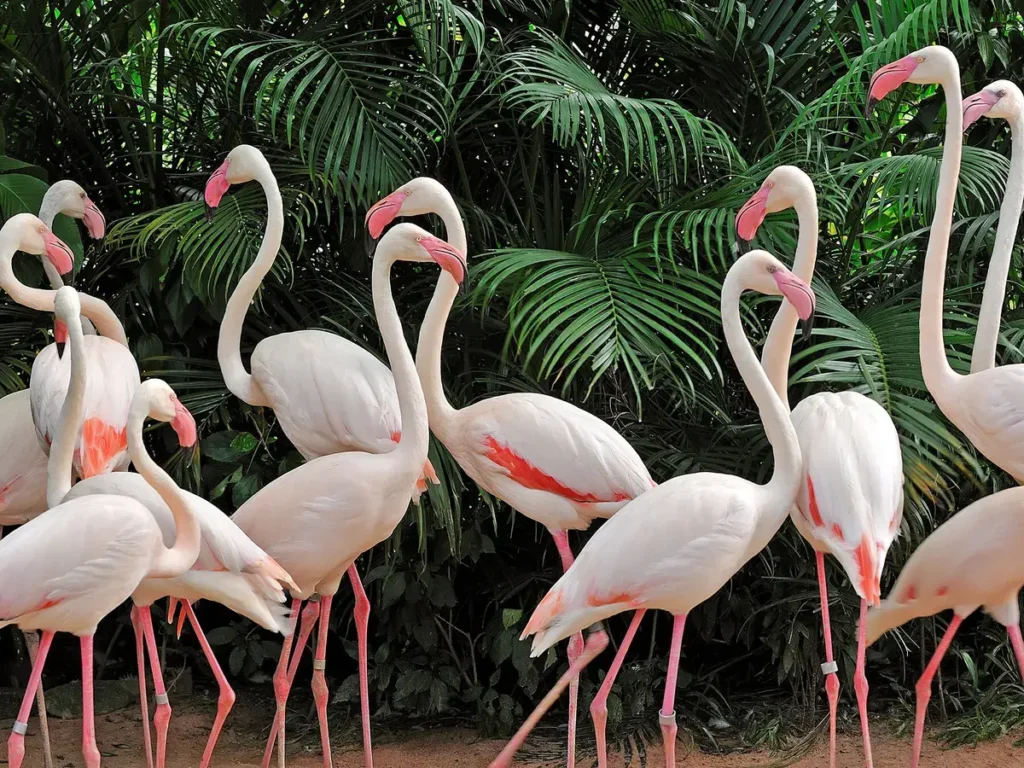
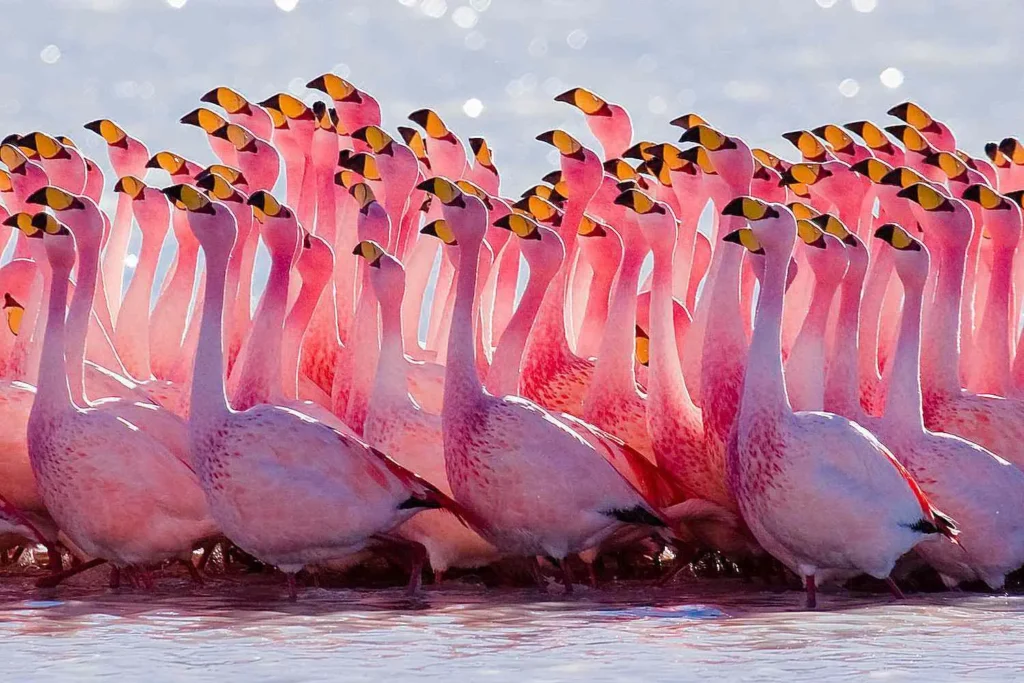
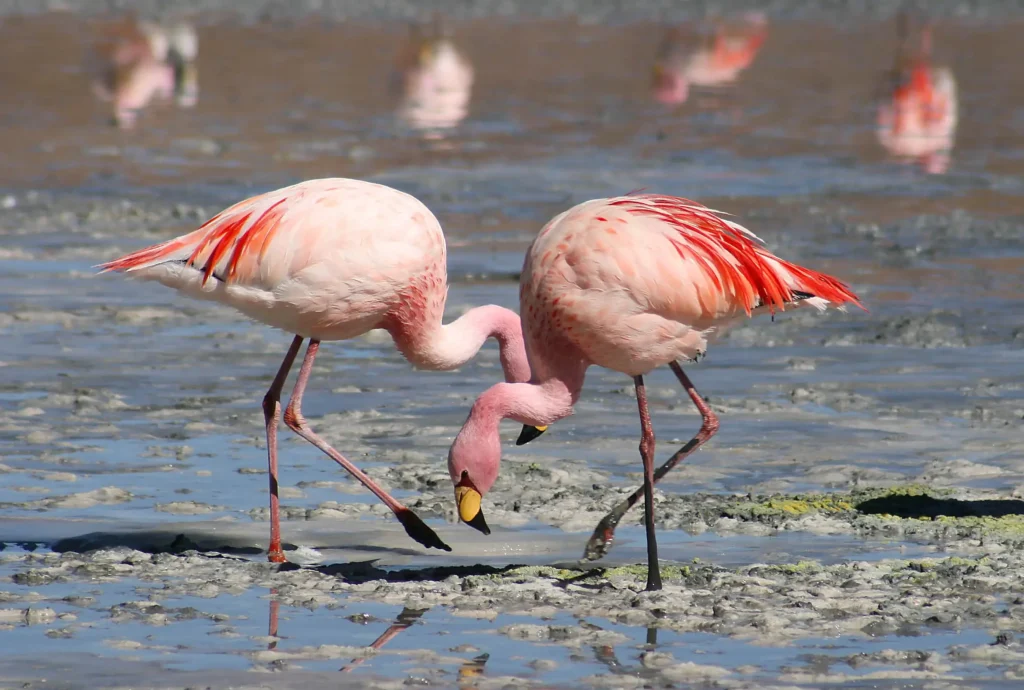
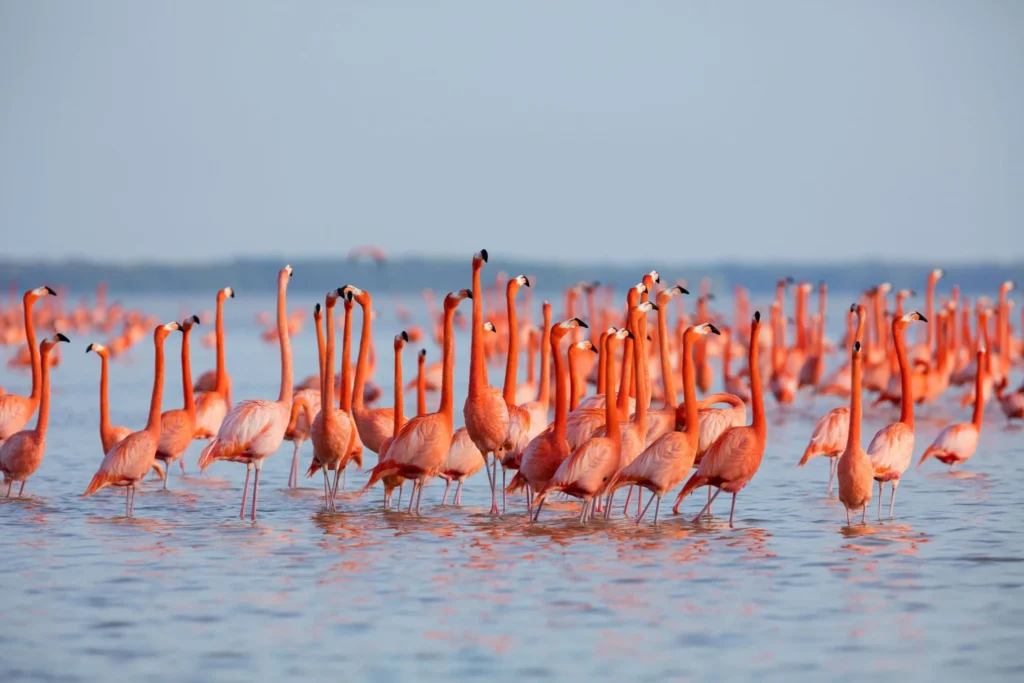
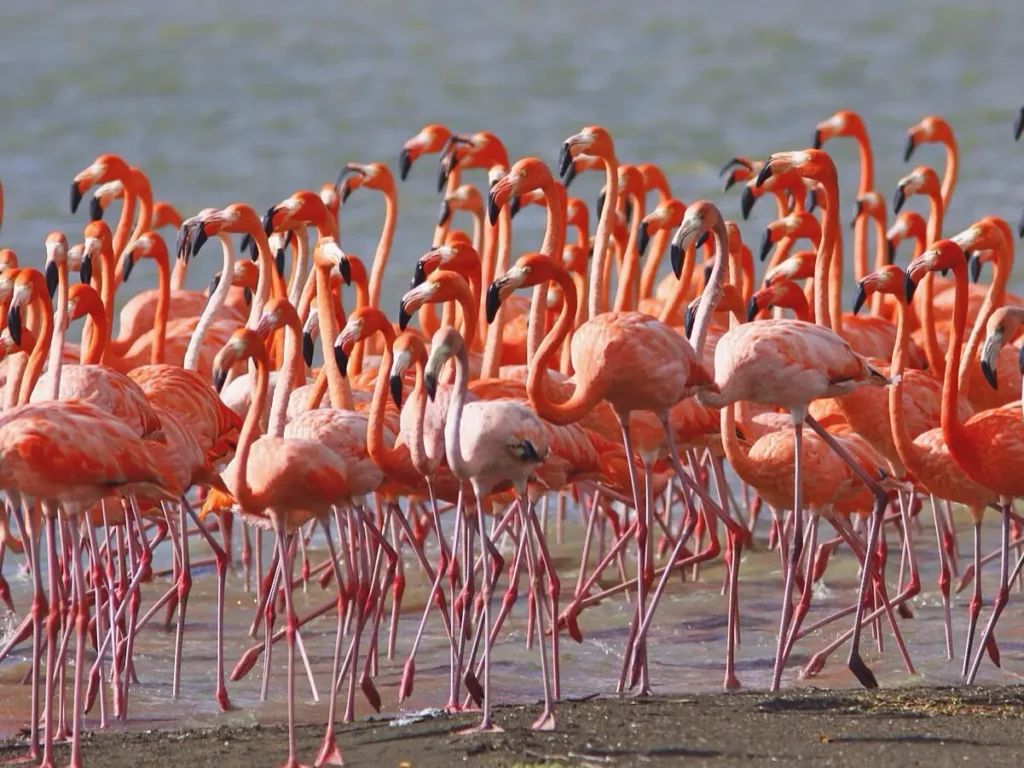
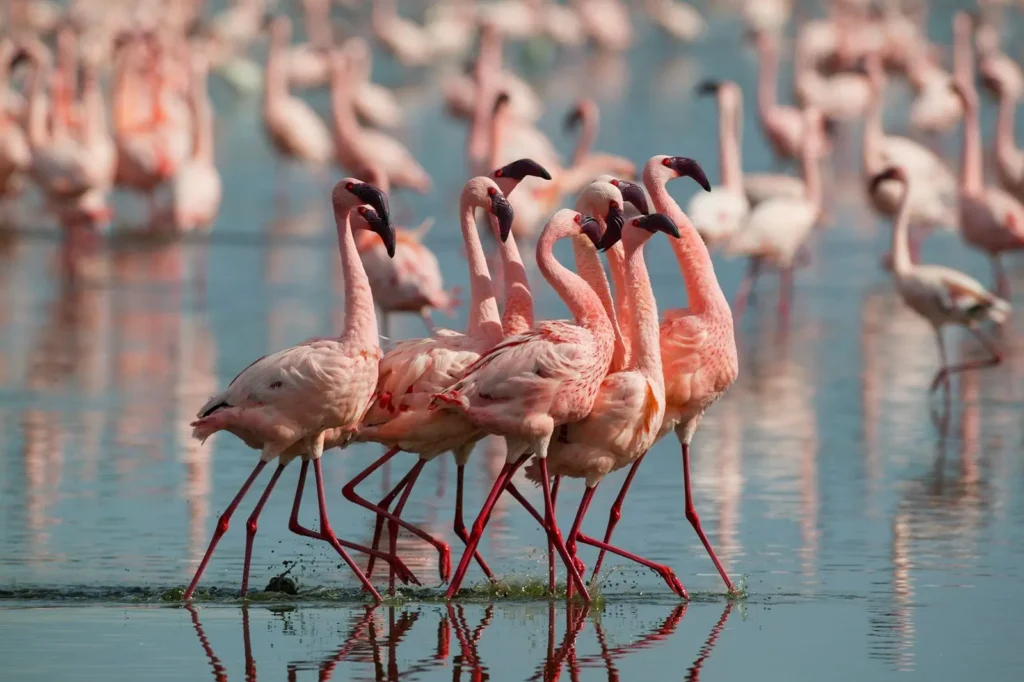
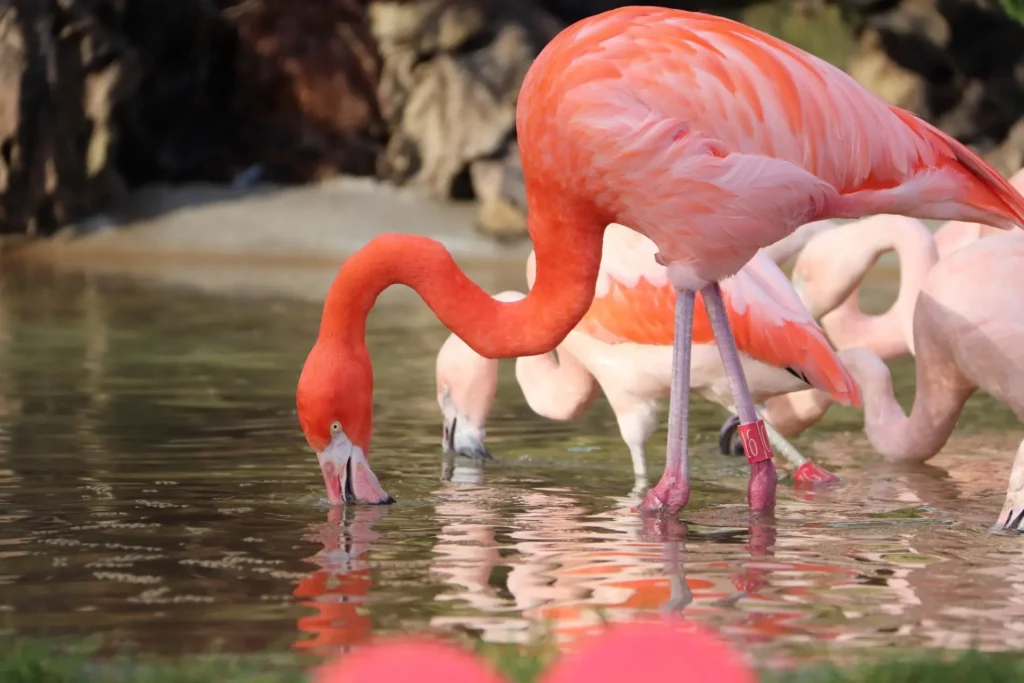
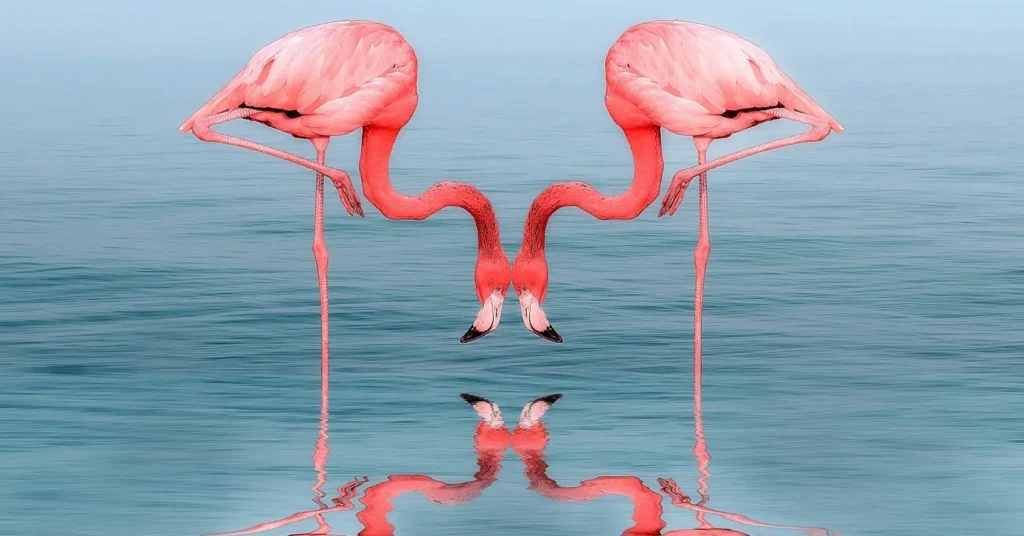
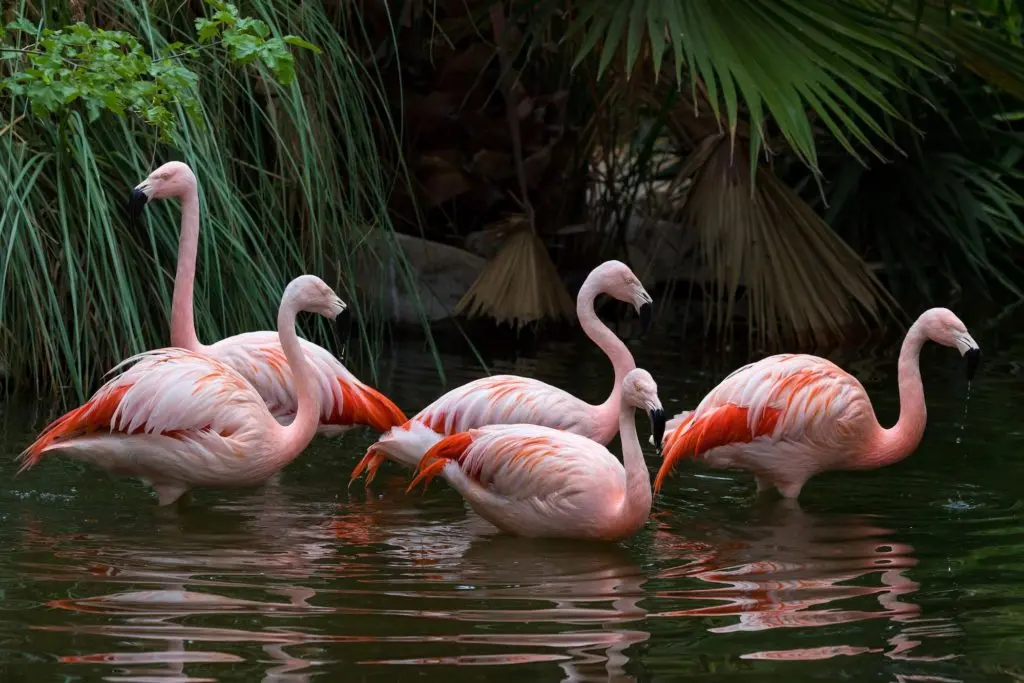
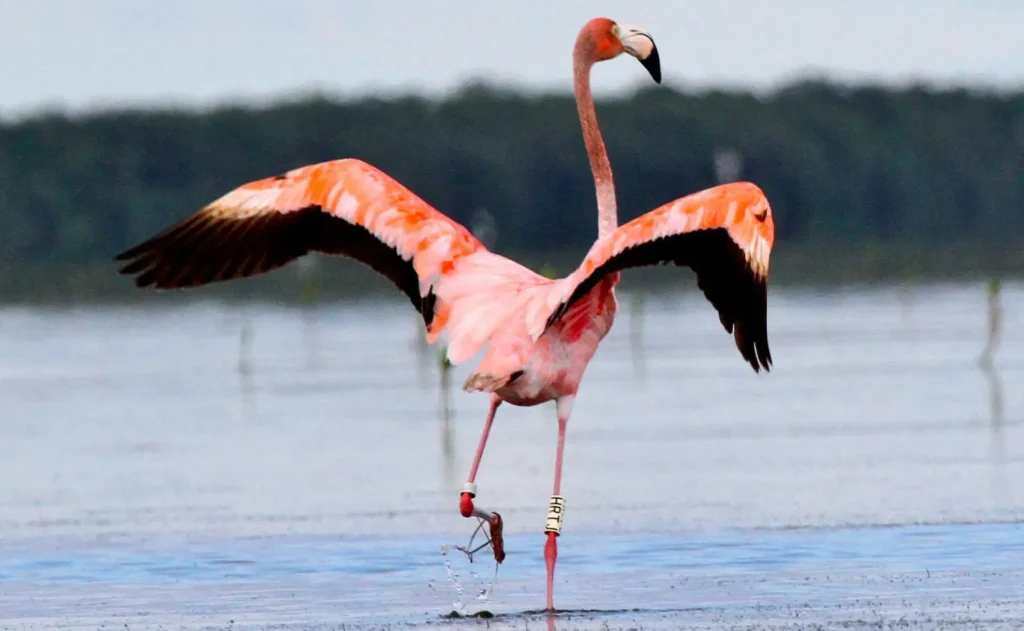
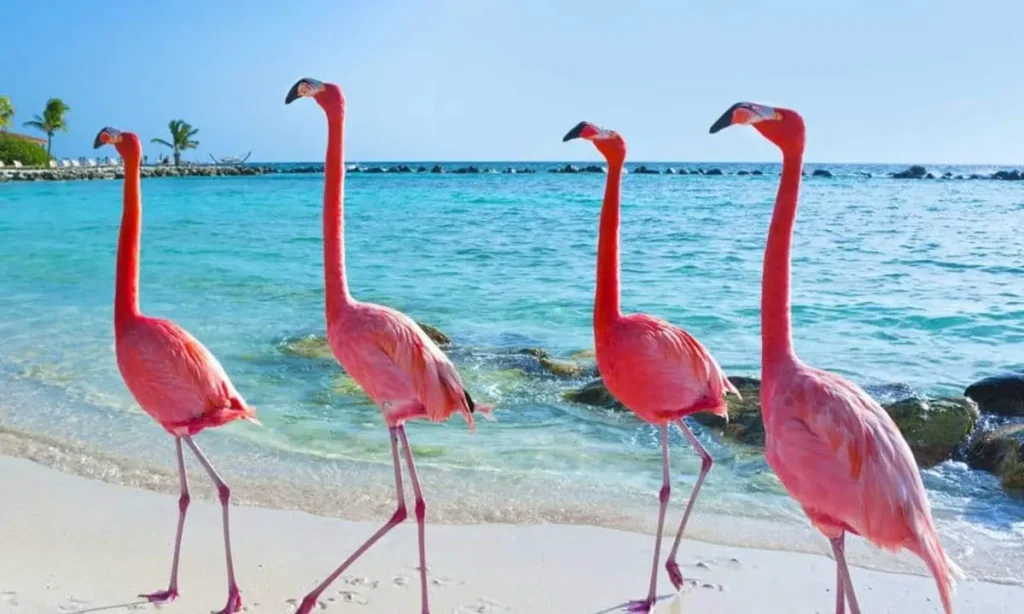
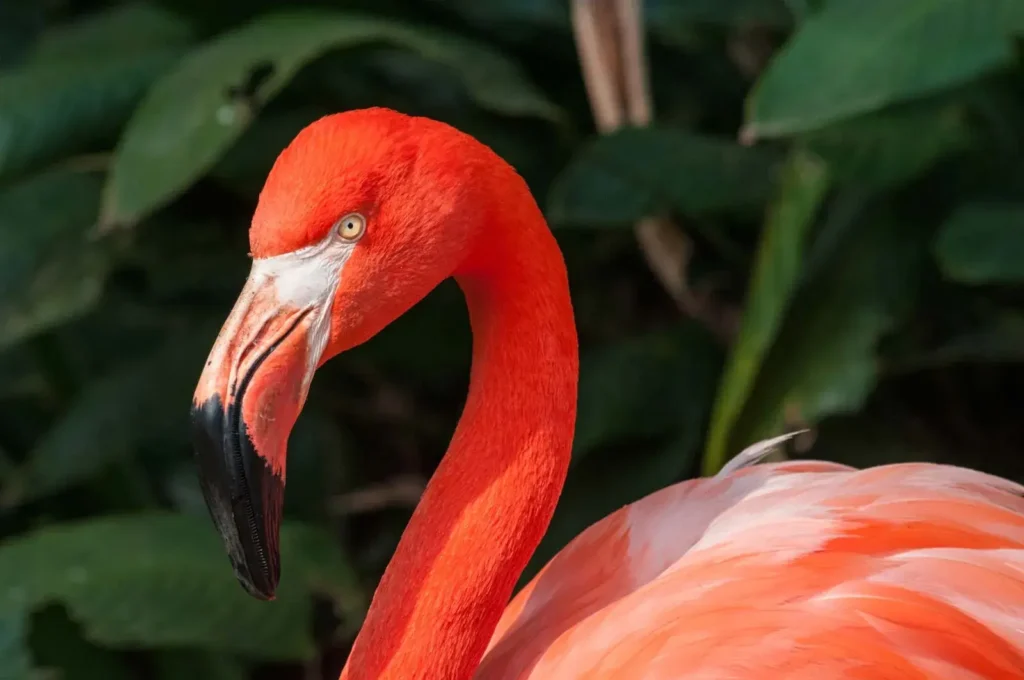
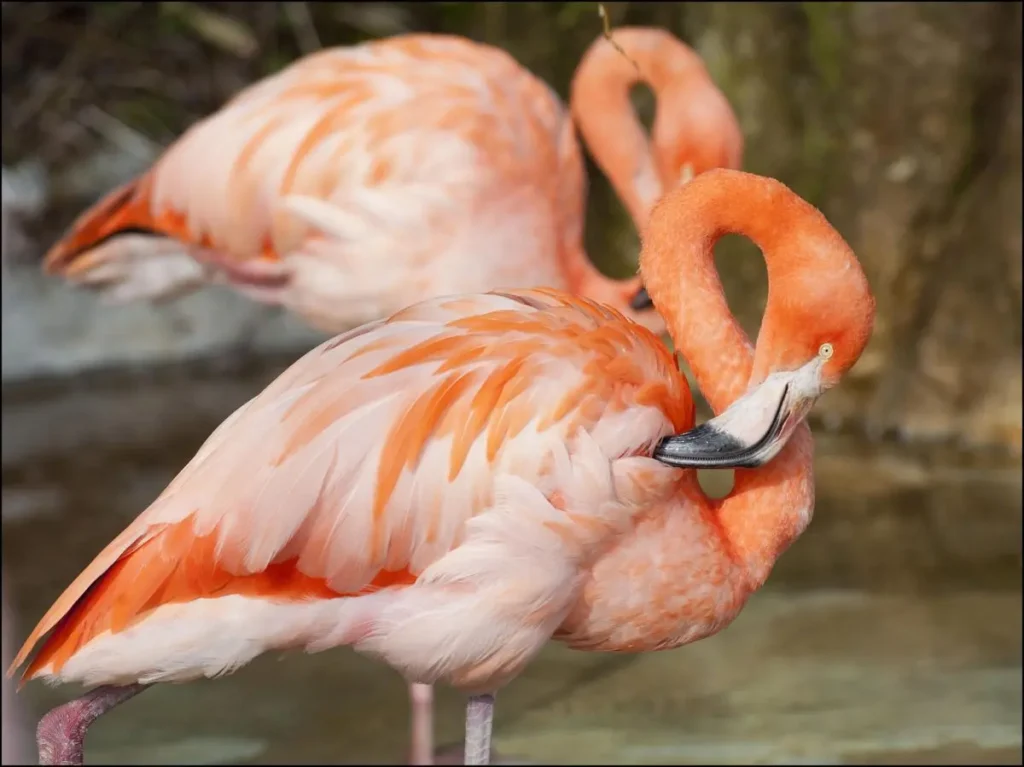
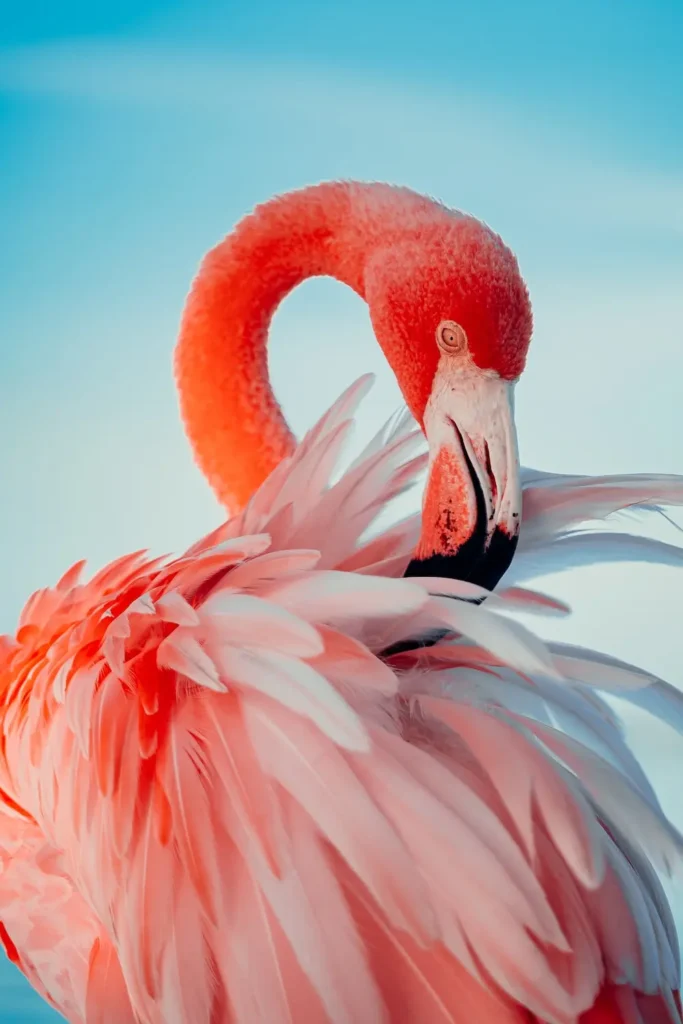
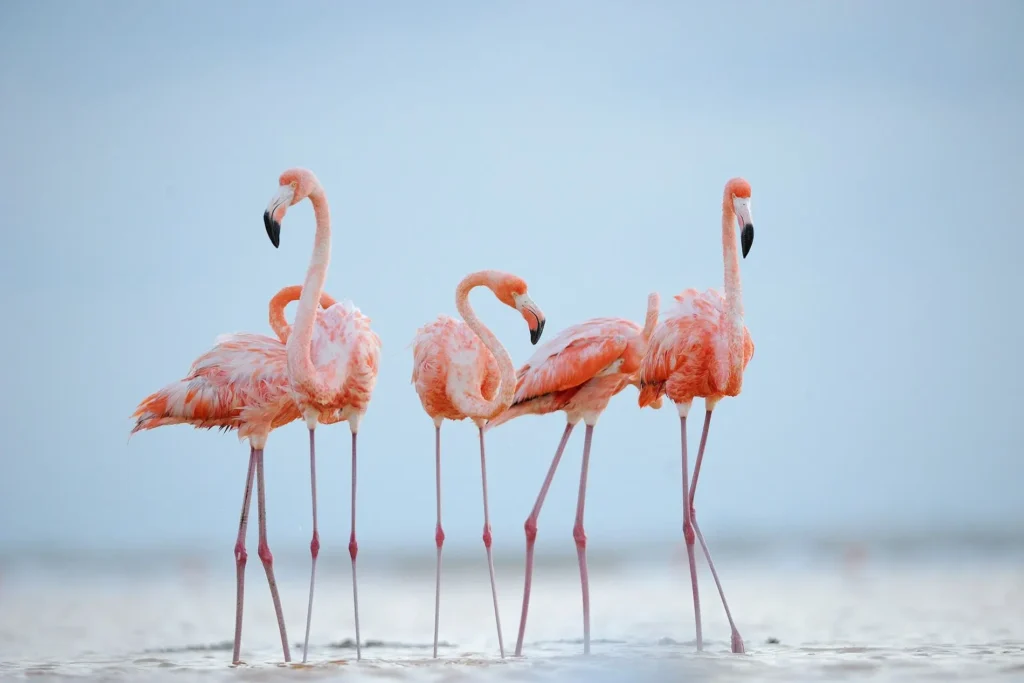
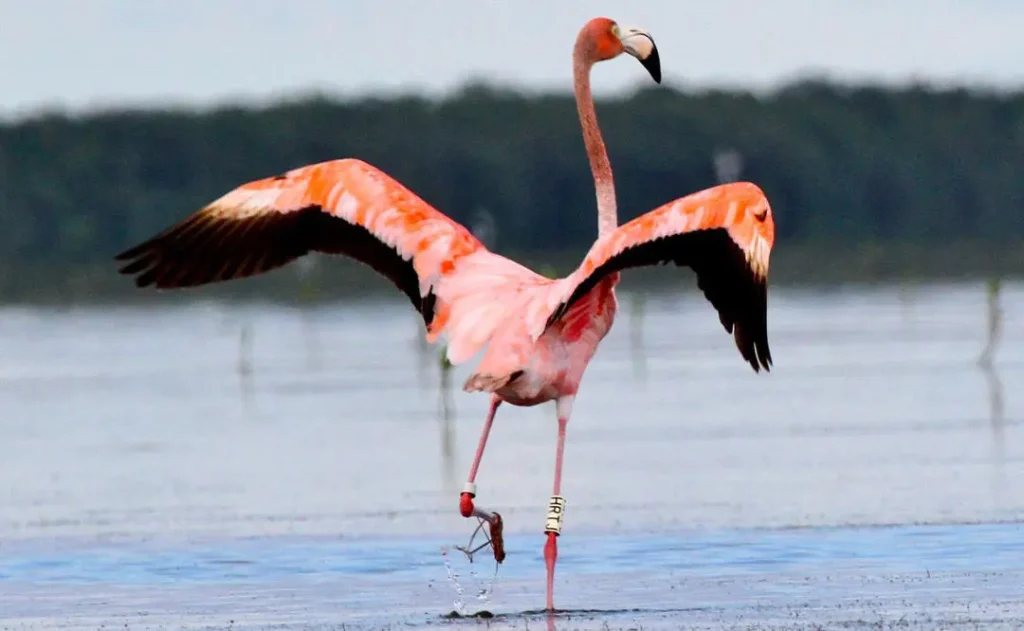
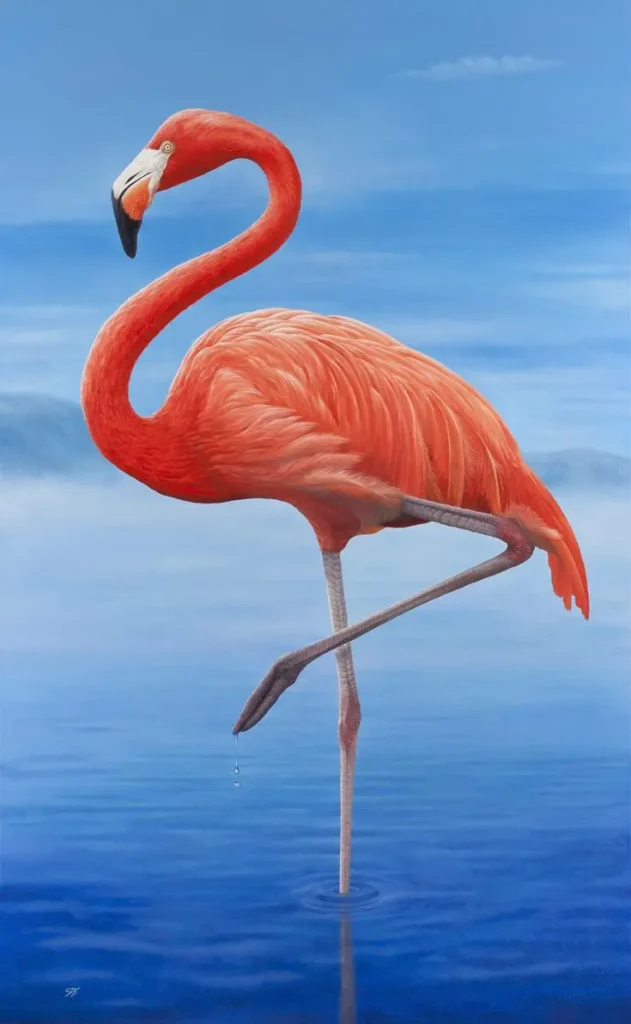
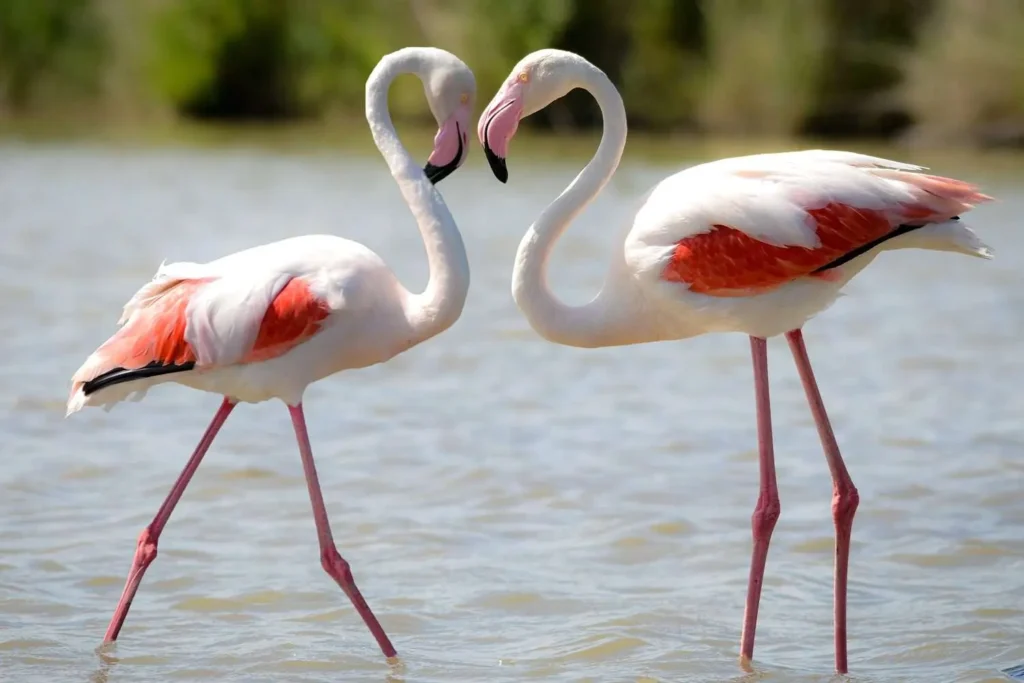
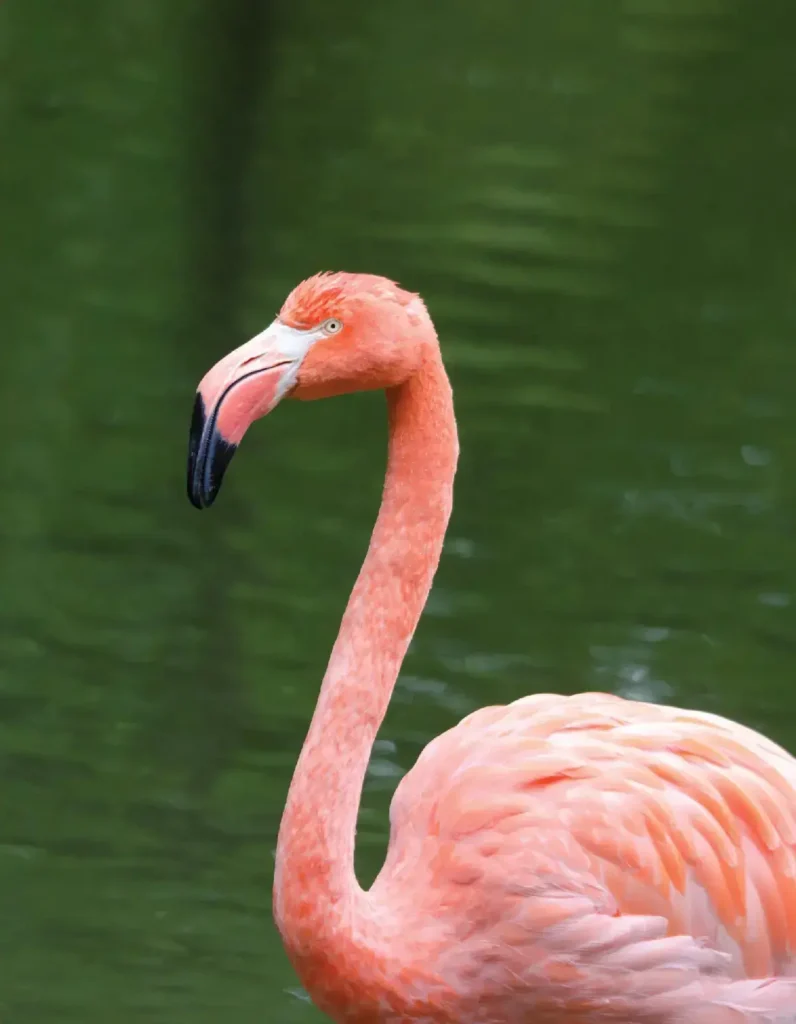
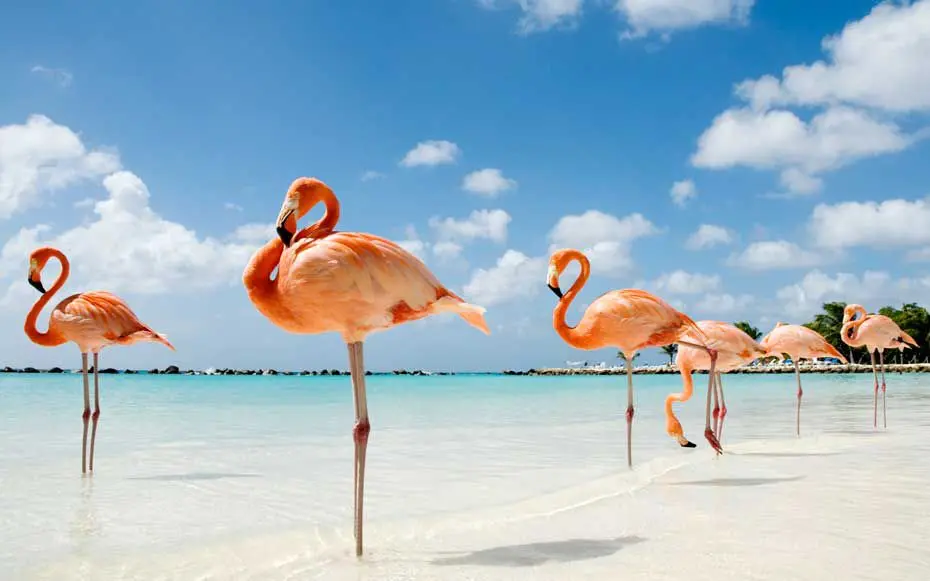
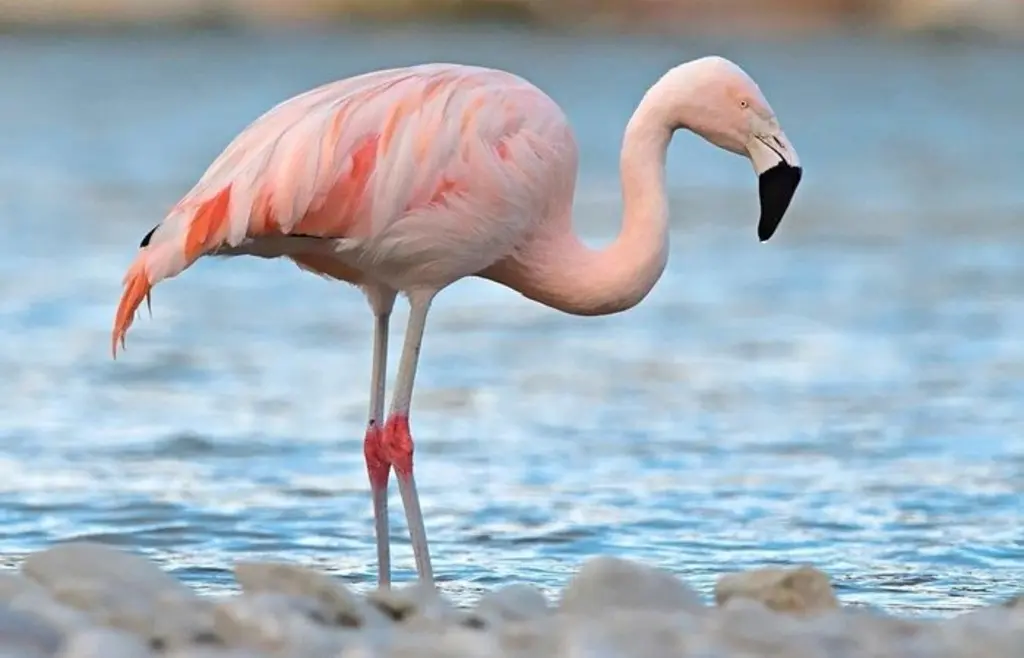
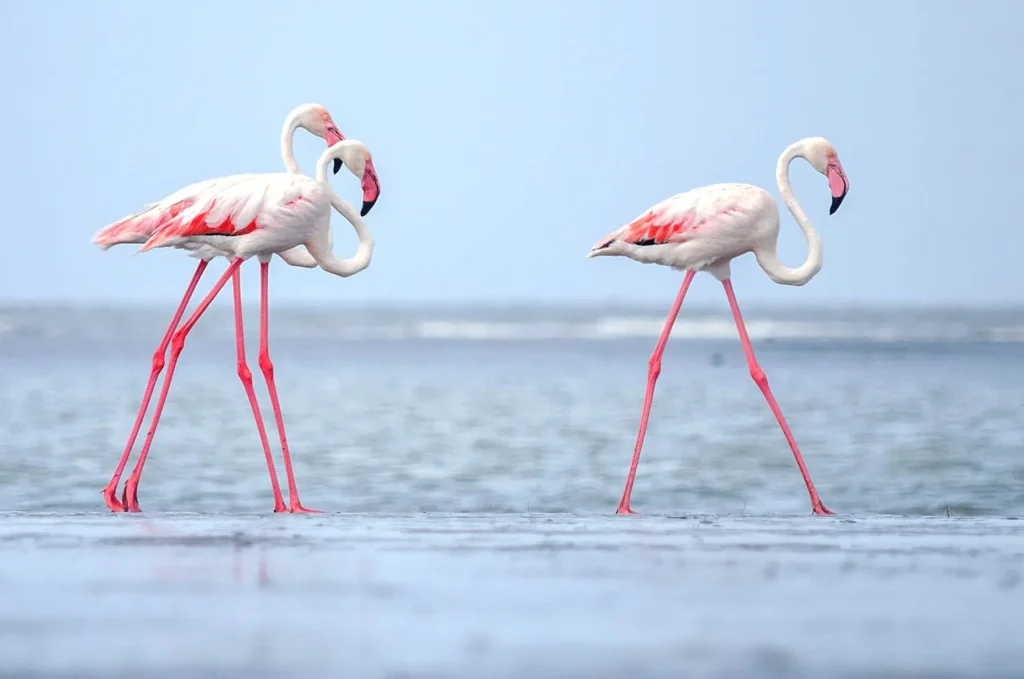
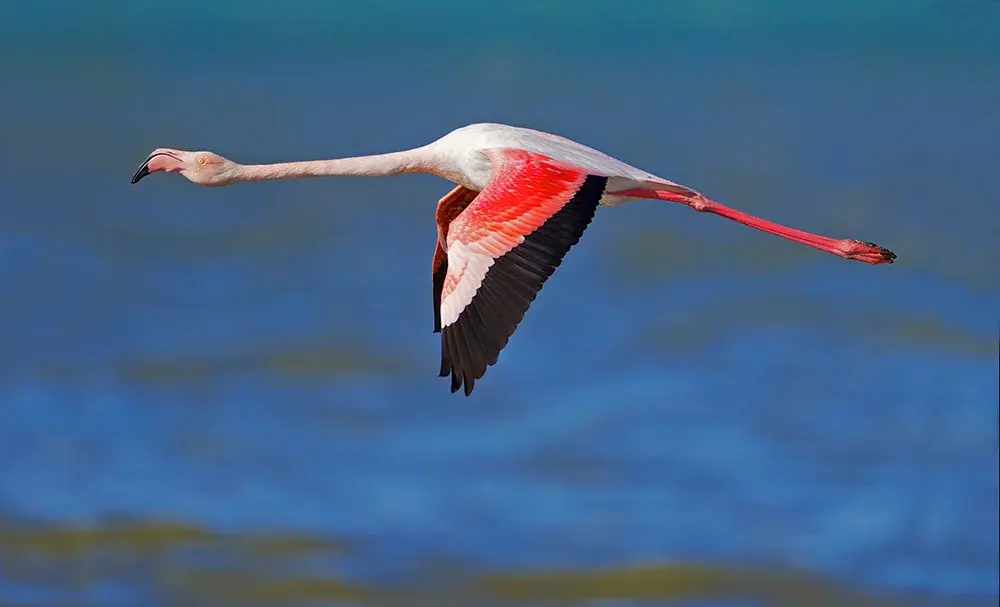
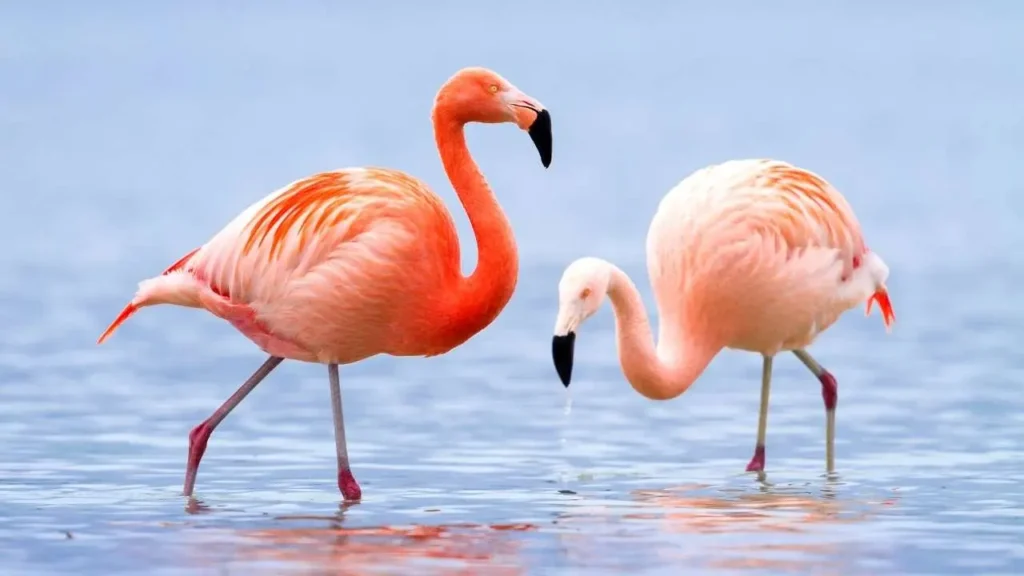
Facts about Flamingos
In this article, we will explore the fascinating world of flamingos, delving into their physical characteristics, habitat, behavior, and the significance they hold in various cultures around the world.
One of the most striking features of flamingos is their flamboyant plumage, which ranges from pale pink to deep crimson. This beautiful coloration is a result of their diet, primarily consisting of small crustaceans and algae rich in carotenoid pigments. These pigments are absorbed by their feathers and give them their vibrant hue. Additionally, their long, slender legs allow them to wade through shallow waters with ease, while their unique downward-curving bills are specifically adapted for filtering food from mud and water.
Flamingos are predominantly found in tropical and subtropical regions, including Africa, the Americas, and parts of Europe and Asia. They thrive in various habitats such as salt flats, lagoons, and shallow lakes where food is abundant. These social birds are often observed in large flocks, creating a breathtaking spectacle as they gather together in unison. Their synchronized movements and distinctive calls add to their allure, creating a mesmerizing sight for both casual observers and avid birdwatchers.
When it comes to their behavior, flamingos are known for their elaborate courtship displays. During breeding season, males engage in intricate dances, spreading their wings and marching in unison to attract females. Once a pair forms, they build nests using mud and vegetation, typically in shallow water or on islands. The female then lays a single egg, which is incubated by both parents until it hatches.
Flamingos hold significant cultural symbolism in various societies around the world. In ancient Egypt, they were considered sacred birds and depicted in art and hieroglyphics. In some cultures, they are associated with beauty, grace, and balance. Their presence in literature, art, and even popular culture reflects the enduring fascination and admiration they inspire.
Despite their captivating appearance, flamingos face several conservation challenges. Habitat loss, pollution, and disturbance to their nesting sites are threats that put their populations at risk. Efforts are being made to protect these magnificent birds through habitat conservation, wetland management, and public awareness campaigns.
In conclusion, flamingos are truly remarkable creatures that captivate us with their vibrant plumage, graceful movements, and unique behaviors. Their presence in nature and cultural symbolism make them an iconic species admired by people all around the world. It is our responsibility to ensure their conservation, so future generations can continue to marvel at the beauty of these magnificent birds in the wild.








